GPCR/G protein

All GPCRs share a common seven trans-membrane structure. GPCRs are associated with heterotrimeric G-proteins which are GTP-binding proteins made of alpha, beta, and gamma subunits. When a ligand binds to GPCR, it activates the attached G-protein, the GDP is replaced with GTP. The activated G-protein then dissociates into an alpha and a beta-gamma complex which activates downstream signaling pathways. These intracellular signaling pathways include cAMP/PKA, calcium/NFAT, phospholipase C, protein tyrosine kinases, MAP kinases, PI-3-kinase, nitric oxide/cGMP, Rho, and JAK/STAT.
GPCRs are one of the most important therapeutic targets for various diseases, over 30% of all modern medicinal drugs target this family. Aberrant GPCR functions are involved in pathological conditions such as neurological, immunological and hormonal disorders. A large number of GPCRs have been identified, but whose ligands are not known, are classified as orphan receptors.
-
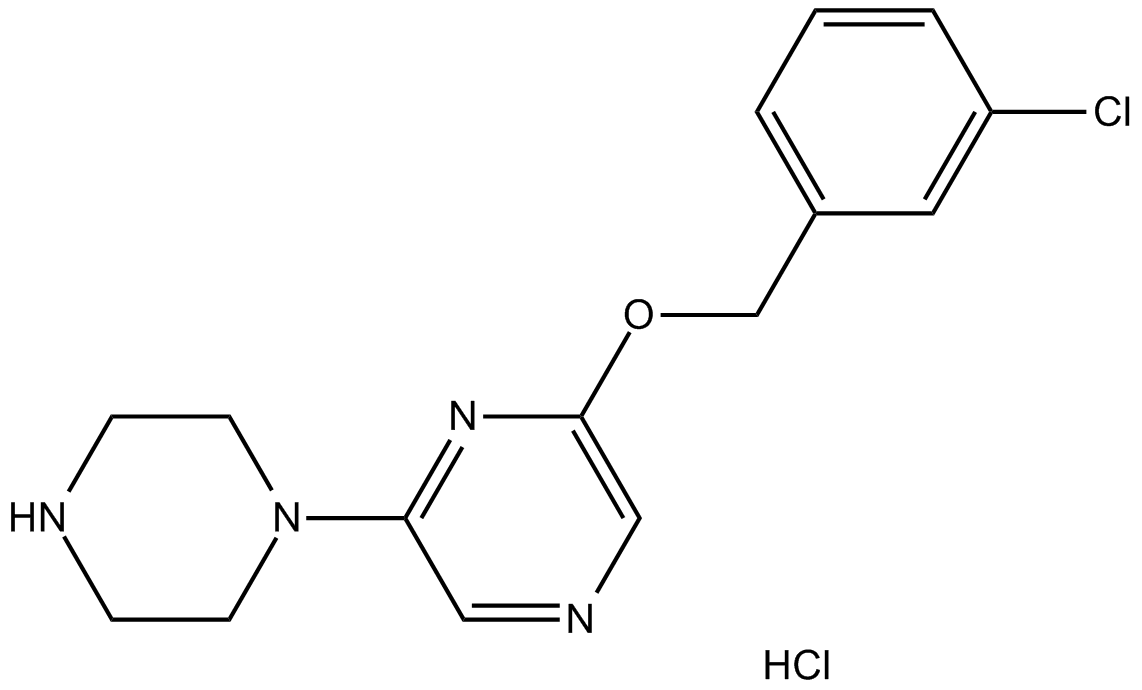 A3331 CP-809101 hydrochlorideSummary: 5-HT2C receptor agonist, potent and selective
A3331 CP-809101 hydrochlorideSummary: 5-HT2C receptor agonist, potent and selective -
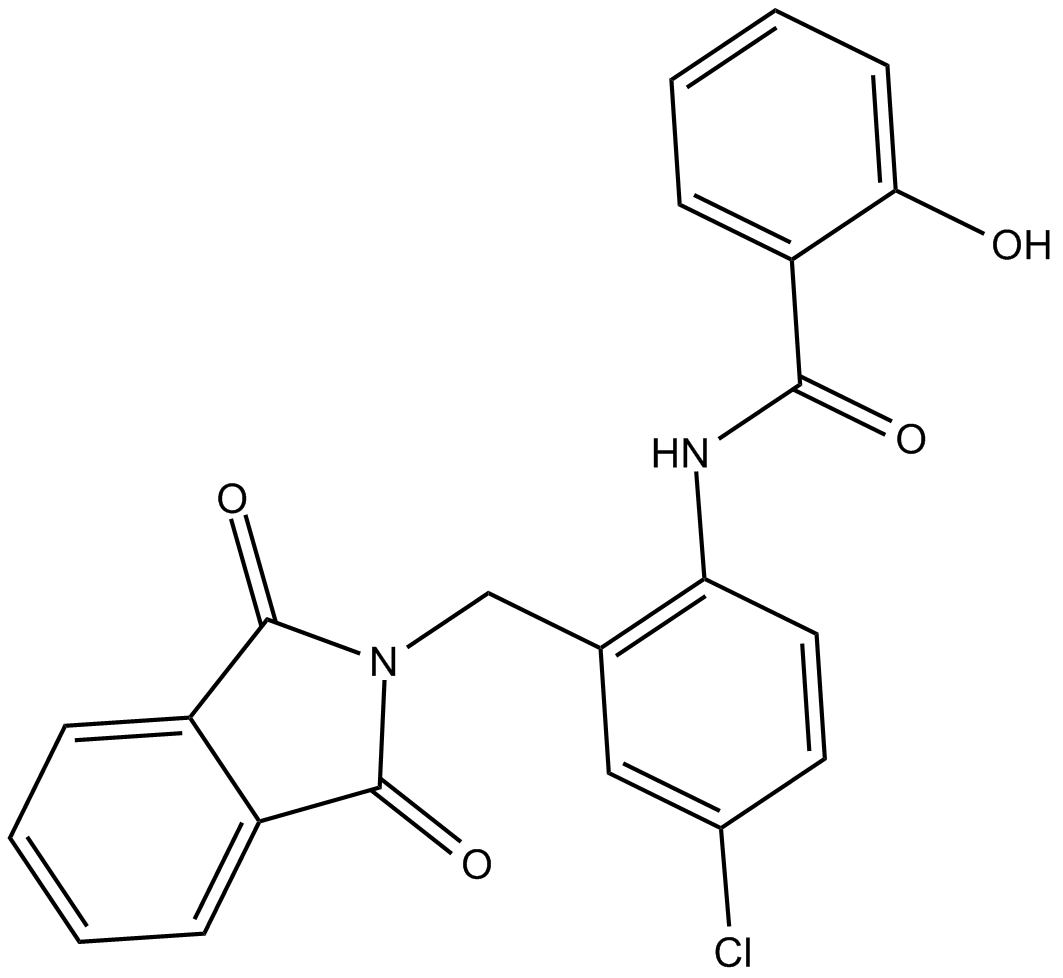 A3333 CPPHASummary: MGluR5 receptor allosteric modulator
A3333 CPPHASummary: MGluR5 receptor allosteric modulator -
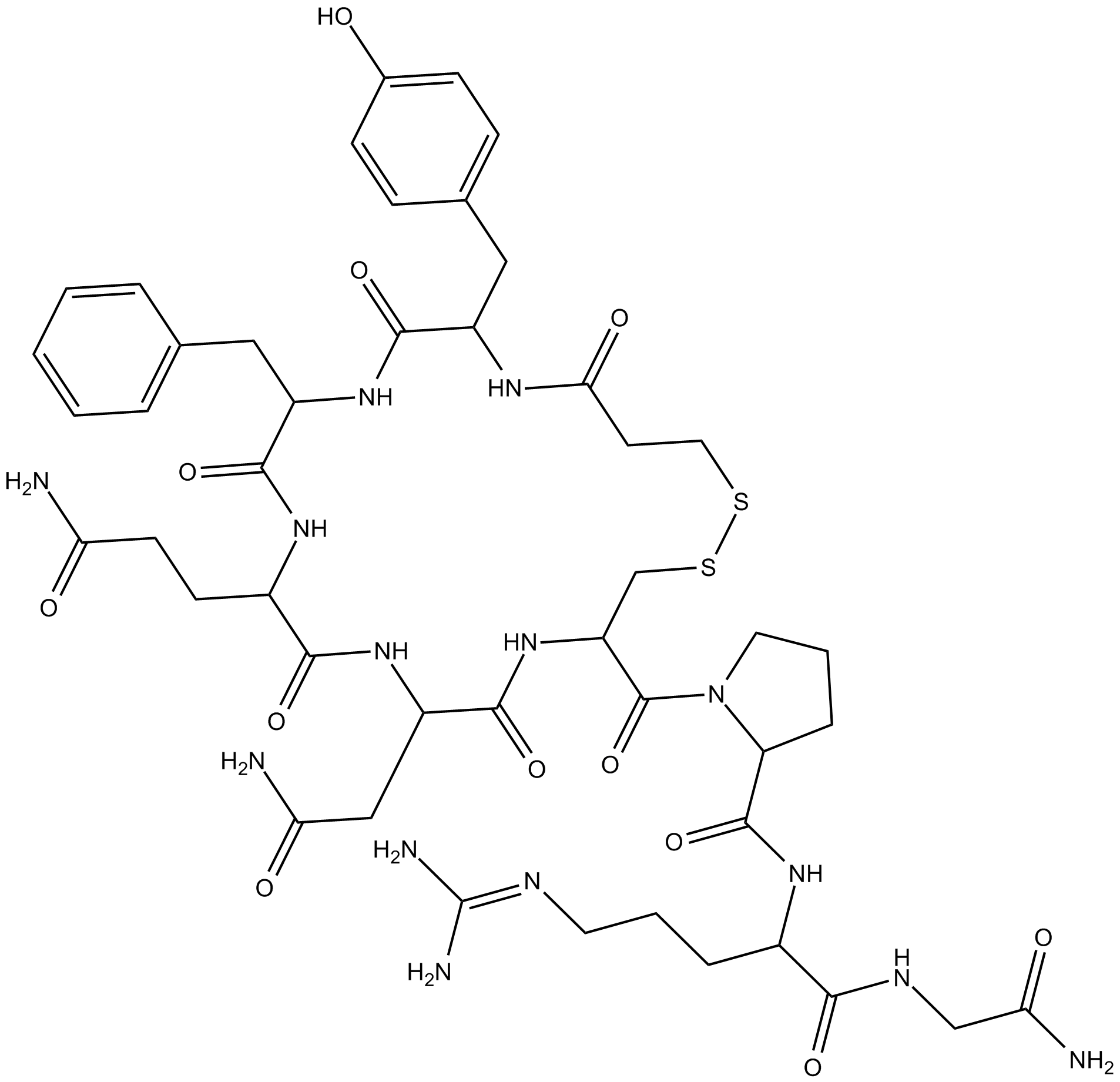 A3359 DesmopressinSummary: Hemostatic and anti-diuretic
A3359 DesmopressinSummary: Hemostatic and anti-diuretic -
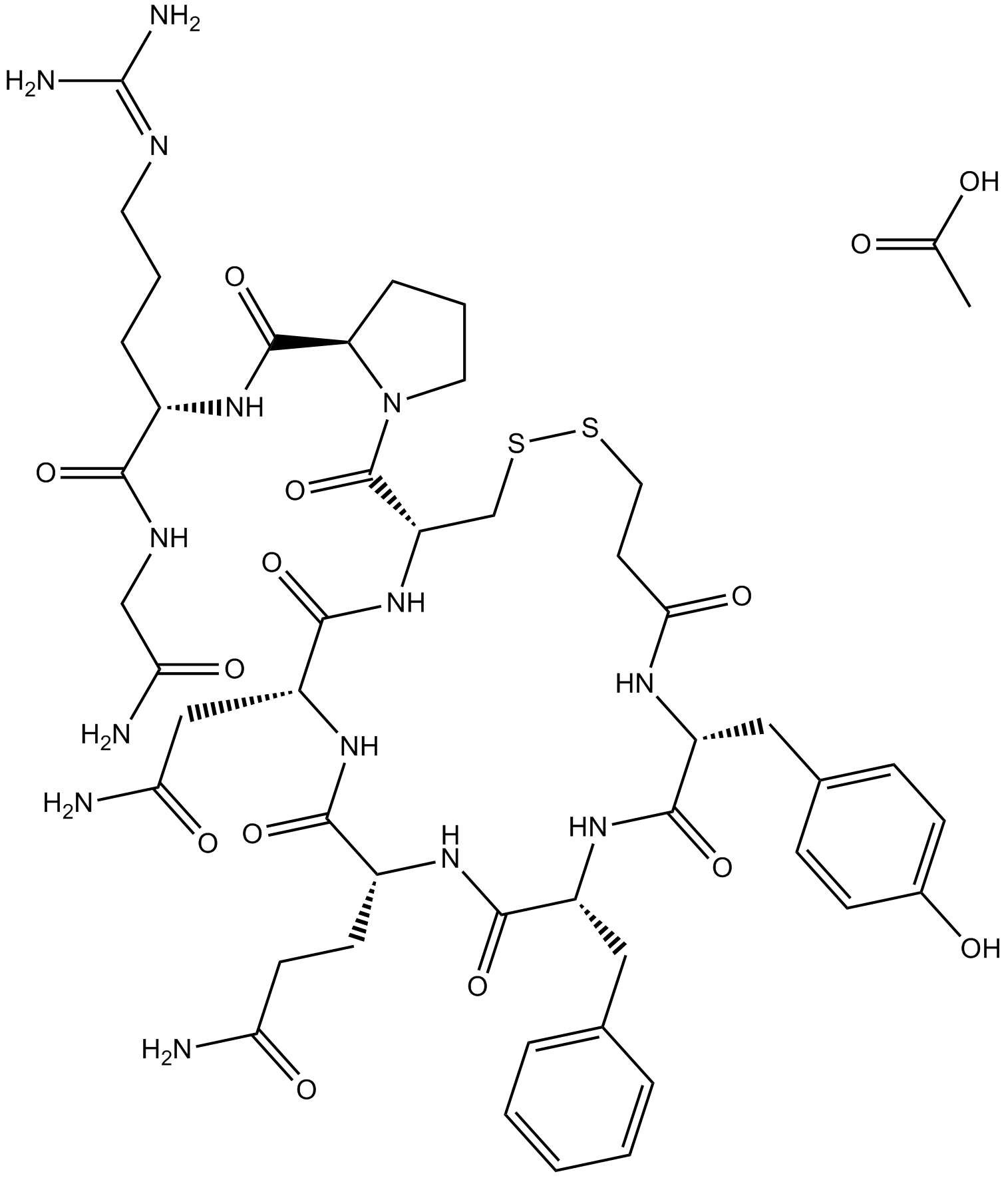 A3360 Desmopressin AcetateSummary: Synthetic analogue of arginine vasopressin
A3360 Desmopressin AcetateSummary: Synthetic analogue of arginine vasopressin -
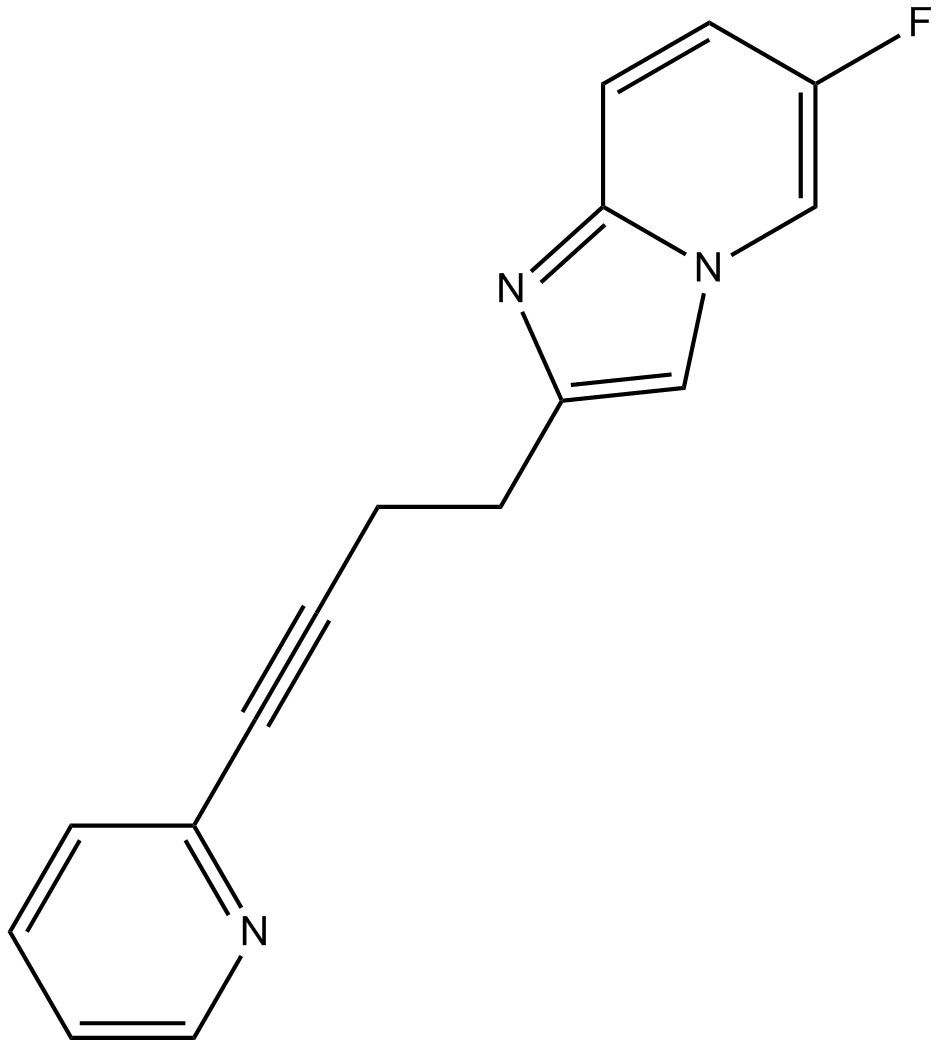 A3366 Dipraglurant1 CitationSummary: mGluR5 antagonist
A3366 Dipraglurant1 CitationSummary: mGluR5 antagonist -
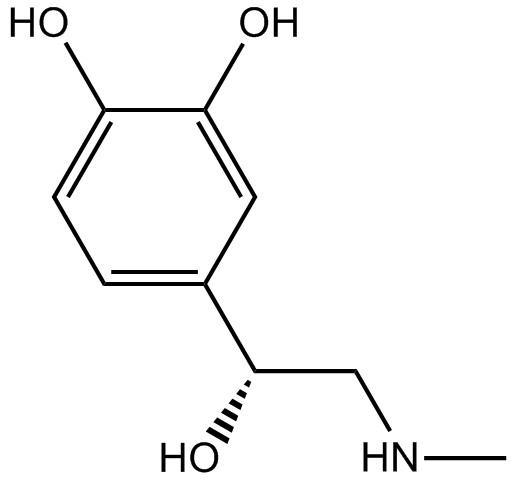 B1337 L-AdrenalineTarget: adrenergic receptorSummary: Adrenergic receptor agonist
B1337 L-AdrenalineTarget: adrenergic receptorSummary: Adrenergic receptor agonist -
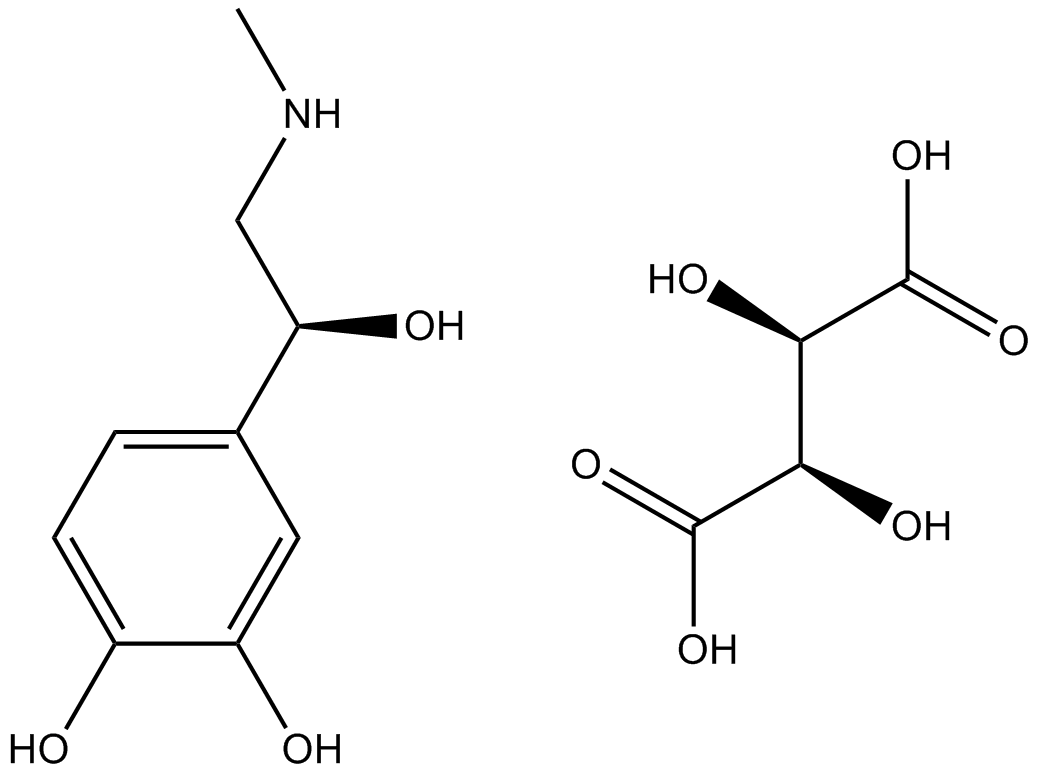 B1358 Epinephrine BitartrateTarget: adrenergic receptorSummary: Adrenergic receptor agonist
B1358 Epinephrine BitartrateTarget: adrenergic receptorSummary: Adrenergic receptor agonist -
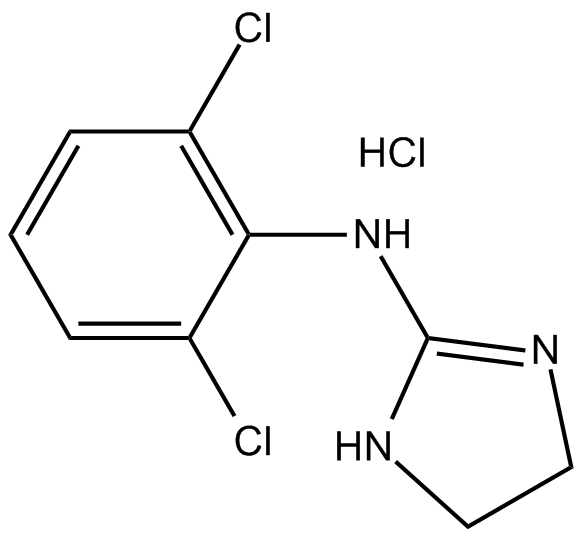 B1333 Clonidine HClSummary: α2-adrenergic receptor agonist
B1333 Clonidine HClSummary: α2-adrenergic receptor agonist -
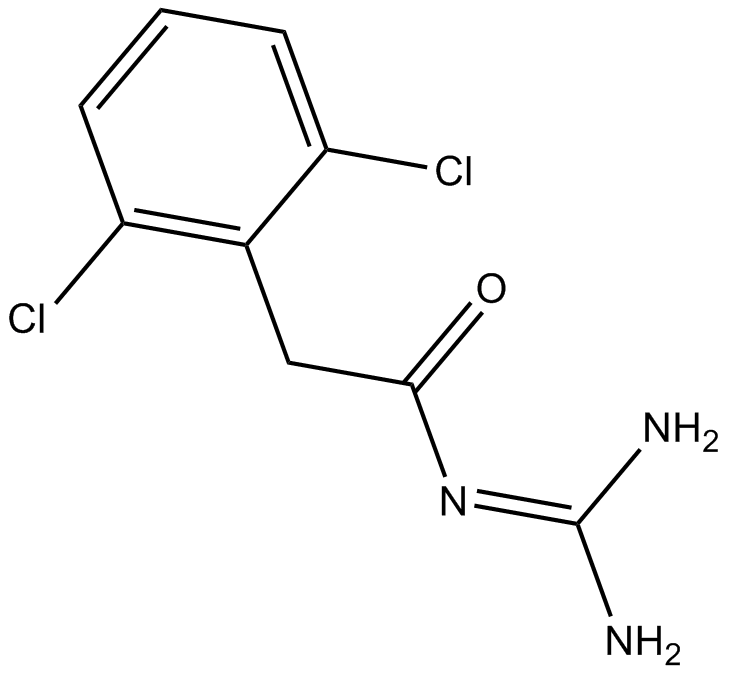 B3394 GuanfacineSummary: selective α2A receptor agonist
B3394 GuanfacineSummary: selective α2A receptor agonist -
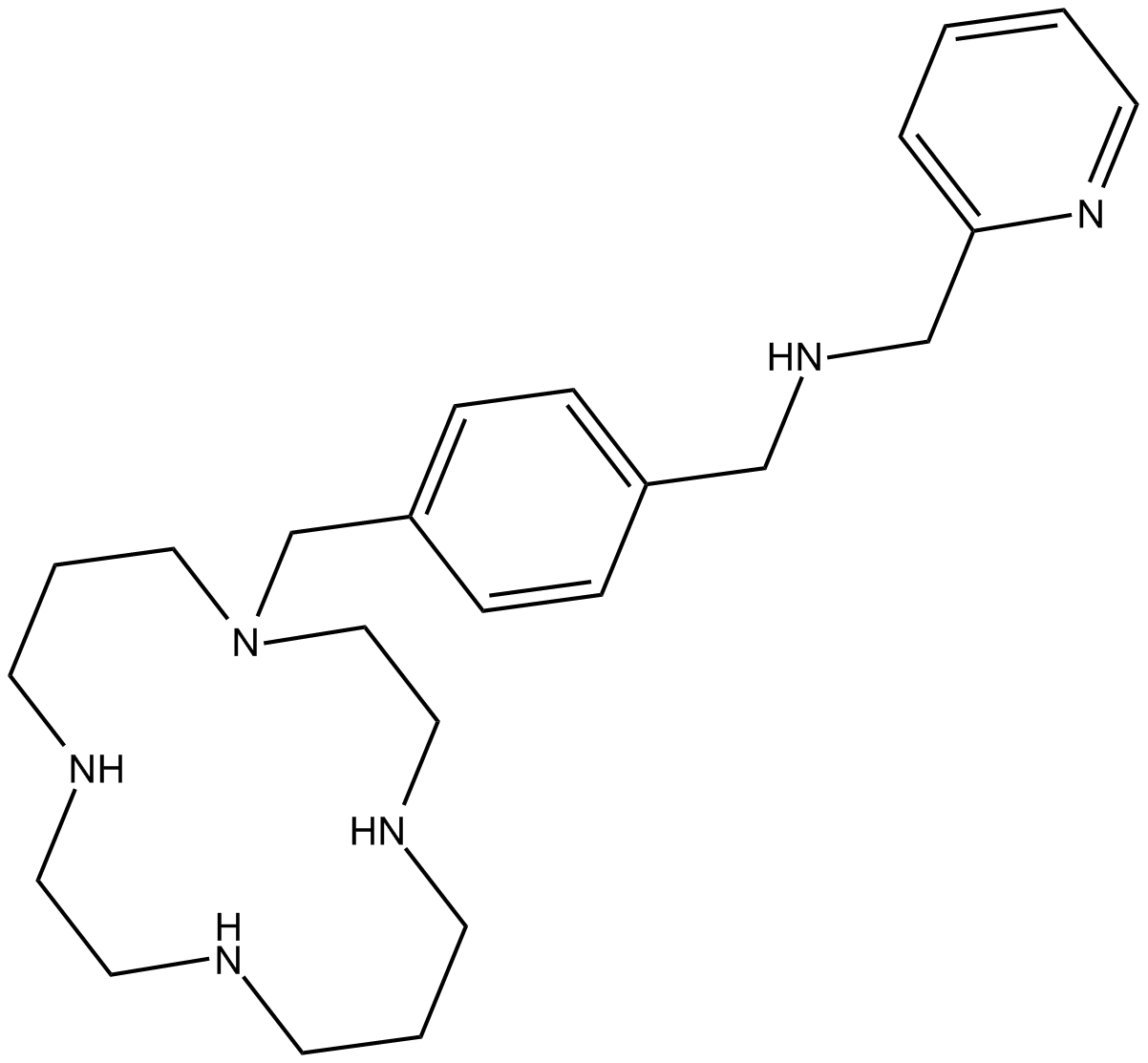 B3395 AMD 3465Summary: CXCR4 antagonist,potent and selective
B3395 AMD 3465Summary: CXCR4 antagonist,potent and selective

